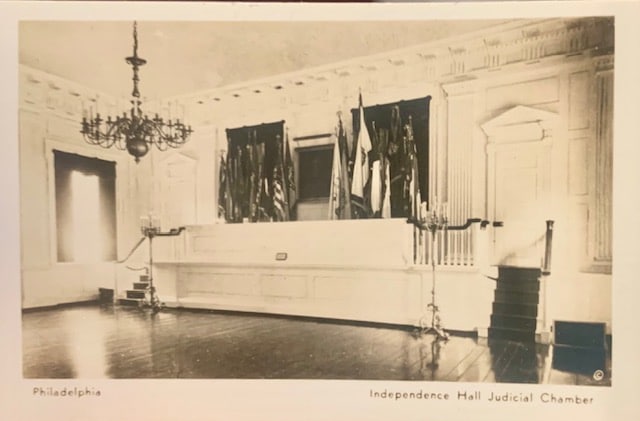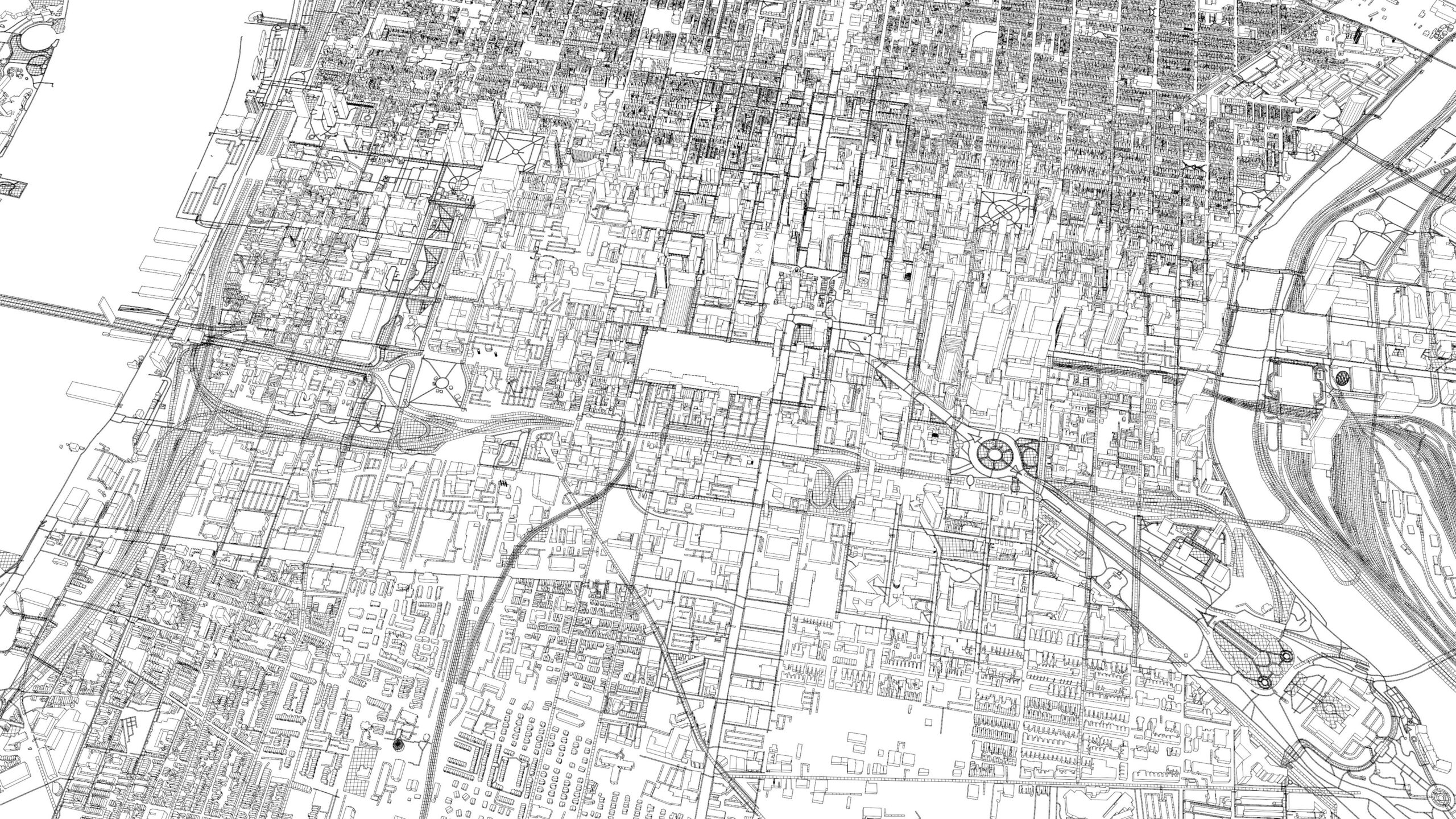Do you own your primary residence? Are you interested in saving up to $1,400 in real estate…
Read MoreThe Latest Legal Developments in PA and NJ
We have our fingers on the pulse of the latest legal news, rulings, and regulations in Pennsylvania and New Jersey. Explore our free resources to stay up to date on the developments impacting your personal and business lives.
Resources
Pa. Supreme Court Denies Taking Due to a Lack of a Public Purpose
In a recent decision, the Pennsylvania Supreme Court in Wolfe v. Reading Blue Mountain, 2024 Pa. LEXIS 1209…
Read MoreRead Amanda Dougherty’s Blog Post “Reviewing the First Level Review”
On her blog, The City of Property Taxes, Amanda Dougherty discusses the process of filing applications for…
Read MoreReal Estate Tax Abatements Deadline Rapidly Approaching For Renovated Residential Properties In Philadelphia
Attention: If you are an owner of a property in Philadelphia which is undergoing a renovation, you…
Read MoreCourt: Landlord Only Entitled to Damages Up to the Date of Repossession
In a recent opinion, the Pennsylvania Superior Court in 1700 Market St. Associates v. Common Grounds 1700 Market…
Read MoreNochumson P.C. Attorneys Alan Nochumson and Natalie Klyashtorny Named to 2025 Best Lawyers® List
Philadelphia, PA – Nochumson P.C. is proud to announce that Alan Nochumson and Natalie Klyashtorny have been…
Read MoreCommonwealth Court Affirms ZBA Hardship Finding Due to Commercial Viability and Need for Costly Environmental Remediation
In In re Appeal of Council Member Cindy Bass, 2024 Pa. Commw. LEXIS 172 (July 19, 2024),…
Read MoreBest Practices For Filing Your 2025 Philadelphia Tax Assessment
Every year, the City of Philadelphia’s Office of Property Assessment (OPA) issues property valuations which directly correlate…
Read MorePreservationists and Adaptive Reuse Developers Unite: Pennsylvania’s Historic Tax Credit Program Increased
The recent budget passed by the Pennsylvania General Assembly for 2024-2025 included a significant increase in the…
Read MoreCommonwealth Court Allows Hefty Property Code Violation Fines
In two recent cases of note to property owners in Pennsylvania, the Commonwealth Court of Pennsylvania sided…
Read More





